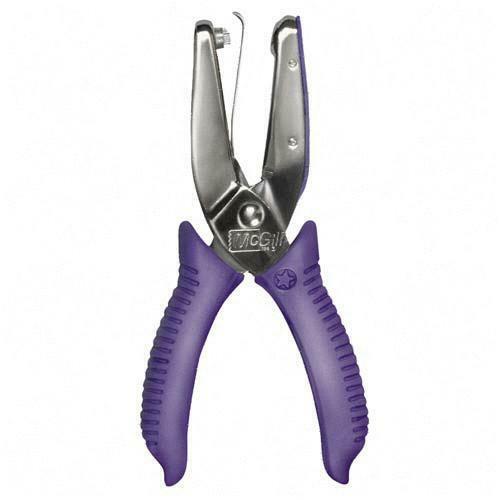Your Weller should be fine, just take breaks between touches to allow it to reheat. If the tip is small, you may want to use the broadside of the tip to re-flow instead of the tip of the tip (hard to explain, but hopefully you can visualize). The reason is because of the tip mass. Weak irons with small masses can't transfer heat well because there isn't a reserve, so the tip temperature drops as the heat transfers to the solder and the item being soldered, and the PCB and since the iron is weak, it can't heat up. Good irons with hefty heating elements can afford to have small tips because it heats up to operating temperature in less than a minute.
If you're going to use a cheap iron, it's best to get one with a good size of metal underneath the tip. Look at the ECG irons, for what I'm talking about. The tip that sticks into the iron is about 3-4" long and about 1/4" in diameter. After the iron, it either tapers down or steps down to the tip. The huge chunk of metal inside the iron maintains heat and acts like a buffer...think of it as a buffer for an opamp that doesn't have the current capacity to drive low-impedence headphones. Same idea. The ECG still takes a long time to fully heat up, but the heat dissipation between touches isn't as great due to the reserve in the metal mass of the tip.
The issues you described about lifting pads, etc. is primarily technique. When I de-solder, I keep a count. If I hold for 10 seconds, it's too much. I prefer to hold no more than 5 or so for soldering. Not only can you damage pads, but you can overheat active components (transistors, etc.) and set yourself up for some debugging. Count to 5 or 10, lift off, whether or not you are done. Look at the problem and figure out another attack method (angle, tips, etc.). If you need to hold longer, get some needle nose pliers, lay it on the item as a makeshift heat-sink.
If your tip isn't tinning, and you're going to replace anyway, take some sandpaper to it. For some of my tips on my other irons (ECG) which have hefty tips, I hit it with a Dremel and reshape, since there's tons of metal to do that, it won't be perfect, but I find I don't need a perfectly shaped tip. It just needs to tin.
I used my RS iron to de-solder 4 SOIC opamp chips on my X-Fi and then solder them down. Burning a PCB is tough, it might just be flux (brownish gunk) that'll wash off with isopropyl alcohol. Flux burns and smokes, and changes color from light brown to dark brown to black. Desoldering the capacitors were difficult, due to the effective heat sink of the PCB, and I wouldn't bother without a better iron....and I didn't.
In short, if you're able to burn the PCB or lifting pads, you are generating enough heat for the touches. Just work on technique.
 ). I already own both the Radio Shack 60/40 and 63/37 eutectic solder, and for the most part, I've enjoyed working with them. The only problem is that the gauge of the solder wire tends to be even bigger than the holes I'm soldering.
). I already own both the Radio Shack 60/40 and 63/37 eutectic solder, and for the most part, I've enjoyed working with them. The only problem is that the gauge of the solder wire tends to be even bigger than the holes I'm soldering.





